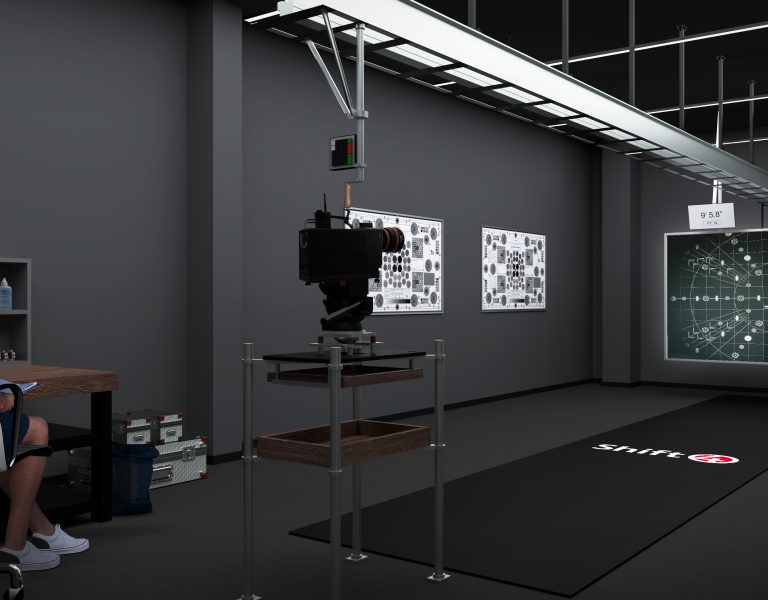LOVE FOR LENSING
Production: Fishing for Love
Cinematographer and director: Jason Ryan
Production type: Music video
Lenses: A set of Nikon 35mm still camera AI and AIS manual prime lenses from the ’70s: 20mm, 28mm 50mm, 85mm and 105mm. I also used a Tokina 35mm still camera 80-200mm manual slide zoom, and used a Metabones T Speed Booster XL 0.64x Adapter to go from the camera’s MFT mount to EF, then a thin Fotodiox EF to Nikon adapter to go to the lenses.
Camera: 4K Blackmagic Pocket Cinema Camera
Overview of production and the visual approach you adopted: For the dancing girls scene, I wanted to create a warm, shimmering fantastical feeling. I used the sun as a backlight and shot in late afternoon. I used a Creator FX anamorphic blue streak filter to suggest a lure glinting in the sun, as well as the flash off the scales of a fish when it comes out of the water. I framed for a 2.39:1 crop to play to the anamorphic feel.
I had my gaffer/key grip stand just out of frame and reflect sunlight off a small mirror to flare the lens to evoke the feeling of being out on the water. I also had a crew member spray water in the foreground to bring fishing to mind without ever showing a lake, river or anyone in the literal act of fishing.
For the performance scenes at night I went handheld with the camera to make the viewer feel immersed and present, and kept the blue streak filter on because it made all the point sources streak across the frame. It acted as a bridge, carrying the visual language from the fantastical scenes into reality.
Look you needed to achieve: I wanted to take the edge off the 4K without making the whole frame soft. I didn’t want the look to be super sharp and contrasty like many modern lenses, especially when shooting the women. These lenses are fairly low contrast and sharp enough but not too sharp.
Why your chosen lens was the most appropriate: When I originally put my set of lenses together by buying them all separately from sellers off eBay, I looked for ones with anti-flare coatings. I had just 1st AC’d a feature with cinematographer Bill Otto and he gave me excellent advice on how to track
down used Nikon lenses with the best coatings. The coatings weren’t as effective at preventing flares back when these lenses were made as they are today. These lenses have a good balance of not flaring too easily, but they also can produce aesthetically pleasing flares when you want them. The lenses were also light which helped with the handheld work.
Filters: I used a variable ND filter, polariser, and streak filter to give an anamorphic streak look to light sources in the frame.
Explanation of lensing techniques used: During the daylight scenes I used a variable ND filter as well as a polariser to enable me to shoot wide open or close to it so I could get a fair amount of focus falloff in the background. During the night scenes I kept the variable ND filter on to enable me to shoot wide open or almost wide open. This enabled me to get a sweet bokeh from the lenses, especially the longer ones. I wanted the bokeh to enhance the wish-fulfilment and adventure of it all.
Lens lessons this production taught you: I was very happy I had fast lenses when it came to the final scene. We shot evening for morning because it worked best with the production schedule. Due to traffic the sun was almost down by the time I arrived with the picture truck to the location, so we had to move very quickly to get all the needed shots. With my 50mm at a T1.4 and my 28mm at a T2, plus the 4KBMPCC being so good in low light with its dual ISO, plus the extra 1.3 stops the speedbooster gave me, I could get all my shots done before it got too dark.





























